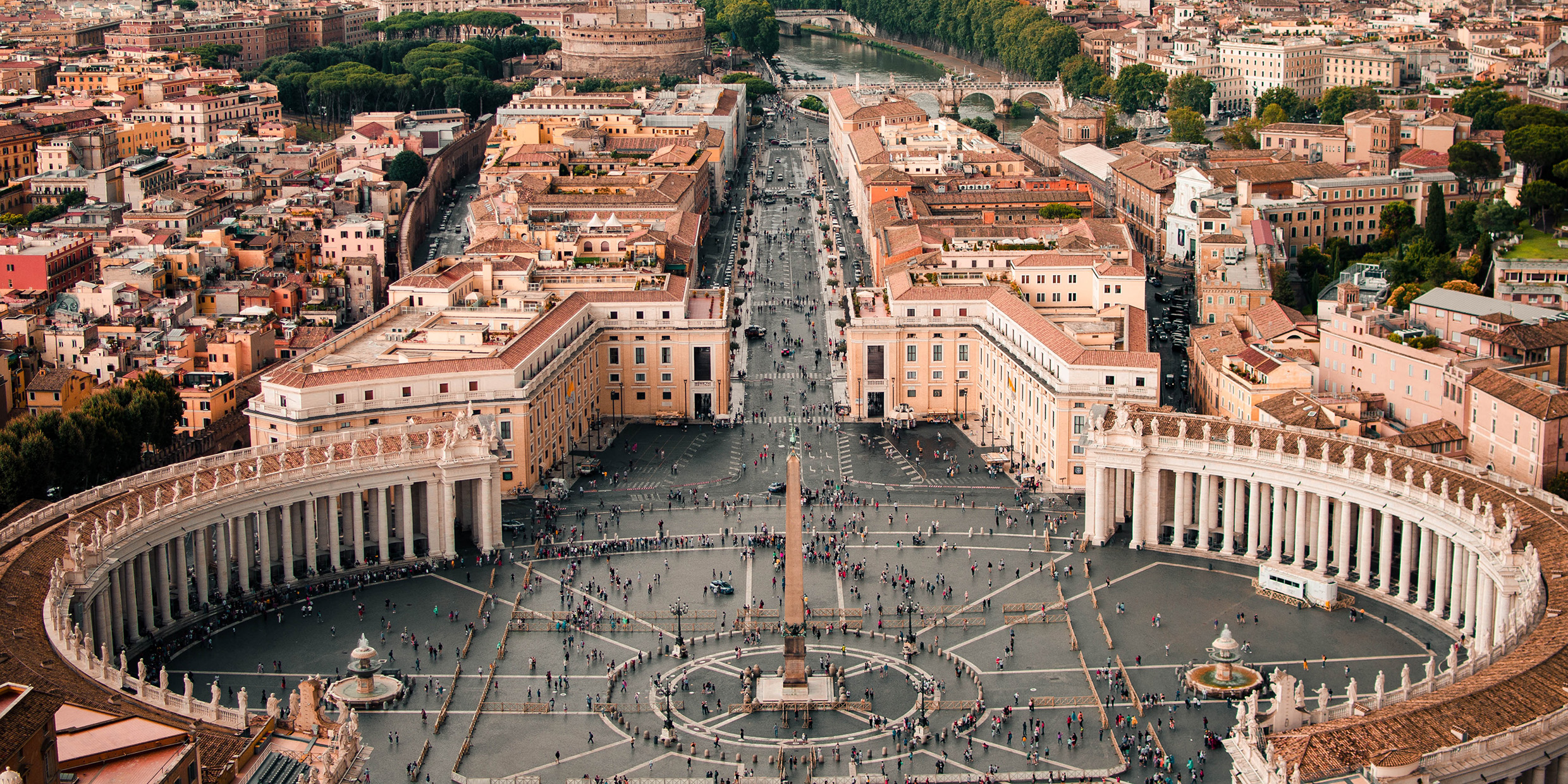Originally published 17 July 2005
A little over a week ago [July 7, 2005], an op-ed essay appeared in The New York Times by Cardinal Christoph Schönborn, archbishop of Vienna, purporting to clarify the position of the Roman Catholic Church on evolution. In particular, the archbishop wants to minimize the significance of Pope John Paul II’s oft-quoted remark that evolution is “more than a hypothesis.”
The former pope’s comment was “rather vague and unimportant,” wrote Schönborn dismissively: “Evolution in the sense of common ancestry might be true, but evolution in the neo-Darwinian sense — an unguided, unplanned process of random variation and natural selection — is not. Any system of thought that denies or seeks to explain away the overwhelming evidence for design in biology is ideology, not science.”
As I read Schönborn’s essay, two thoughts came to mind: 1) the new pope, Benedict XVI, has made his move, indirectly; and 2) Schönborn’s essay plays into the hands of the Discovery Institute’s campaign to inject so-called Intelligent Design into the science curriculum of American public schools.
As it turns out, Schönborn did act with the encouragement and approval of Ratzinger. And, more dramatically, the Discovery Institute is implicated. Mark Ryland, a vice president of the Institute, knows the archbishop, encouraged him to write, and apparently facilitated publication of his essay in The New York Times.
You’ve got to give it to the Discovery Institute crowd: In their biggest coup yet, they have co-opted the apparent authority of the Roman Catholic Church for their anti-science crusade. Make no mistake; creationists of all stripes will be waving the cardinal’s essay as if it were the pope’s own banner of approval.
Let’s look at Schönborn’s major point: That the evidence of design in nature, and especially in living things, is “overwhelming.” Curiously, the evidence for design is not overwhelming to the vast majority of the world’s most prestigious biologists. I am reminded of the scene in the film Amadeus when the Emperor Joseph II pretends to instruct Mozart on his music for The Abduction From the Seraglio: “Too many notes,” says the emperor imperiously.
Where, pray, Reverend Schönborn, is this overwhelming evidence for design? Oh yes, the eye. The human eye is indeed a remarkable instrument. I only wish the designer had created an instrument that didn’t go all wonky with age.
The ear? Compared to the little microphone in my laptop computer the ear is astonishingly complex and prone to failure. Hammer, anvil, stirrup. Five separate membranes. Three fleshy loops that seem, on the face of it, superfluous. Who was the designer? Rube Goldberg?
What about that wacky feature of the human male reproductive system — the absurdly long tube that carries semen from the testes to the adjacent penis, which makes an unnecessary round trip up into the body, then back down again. An evolutionary biologist has no trouble explaining this, but any engineer who designed such a thing would be soon out of a job.
One could multiply these examples ad infinitum—without even mentioning the hundreds of millions of species that have long since gone extinct — but still the archbishop pontificates, as archbishops and emperors of Vienna seem prone to do. “An unguided evolutionary process — one that falls outside the bounds of divine providence — simply cannot exist,” says the cardinal.
Scientific theories that do not make room for divine providence are not scientific at all, Schönborn writes, but an “abdication of human intelligence.” He gets it exactly wrong on both counts. Science is by definition an attempt to understand the world through natural causality. Invoking divinity is simply not what science is about. And to throw up one’s hands and say “God did it” strikes me as the real abdication of intelligence.
This is not to say, of course, that science has or can explain everything. Why is there a universe at all? Why are the laws of nature such as to allow the evolution of life and consciousness? How did life begin? We have no answers.
There are three possible responses to unanswered questions in science. One can say, “I don’t know,” and keep looking for answers. Or one can say, “God,” “Uncaused Cause,” or “First Mover,” which has exactly the same information content as “I don’t know” but gives an illusion of knowledge. A third, and most common, response is to explain the unknown in terms of the familiar; that is, through the agency of a Person, Mind, Great Clockmaker, Zeus, Coyote. Nothing could be more natural. Child psychologists tell us that children invariably explain the non-human world in animistic and artificialist ways. An Intelligent Designer who dabbles continuously in the world is merely a somewhat more sophisticated version of the animistic and artificialist explanations of children.
Schönborn’s speaks repeatedly of “finality” as essential to understanding the world. Teleological causality has a long history in human thought, and it has taken us exactly nowhere. Material or effective causality may not be the only agencies operating in the world, but they alone have been the basis for useful scientific knowledge.
Does reductionist science therefore exhaust the mystery in the world? Certainly not. That’s why we have poets, artists, musicians, mystics. That’s why we have liturgies of joy and thanksgiving. That’s why words like “spirit” and “soul” retain currency. That’s why the essential religious response to the world is one of attention, wonder, reverence, celebration, praise.
Cardinal Schönborn should stick the things that organized religion does best — attending to the poor and sick, providing liturgies of celebration and rites of passage, exemplifying to the world the message of the Sermon on the Mount — and leave the science to the scientists. If we were to adopt his opinion that every gap in our knowledge is the fingerprint of an Intelligent Designer, we would still be cowering in fear when comets appear in the sky and dying like flies of plague.



